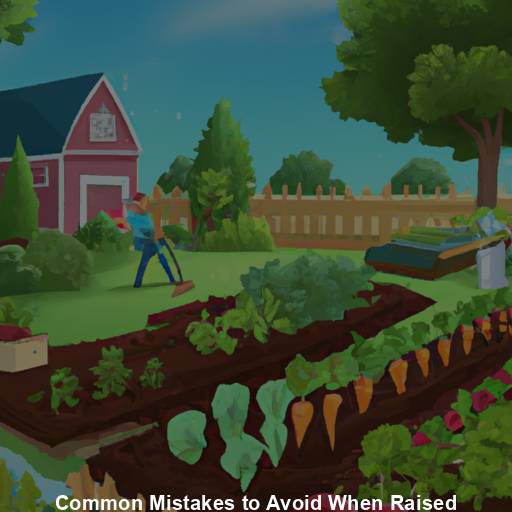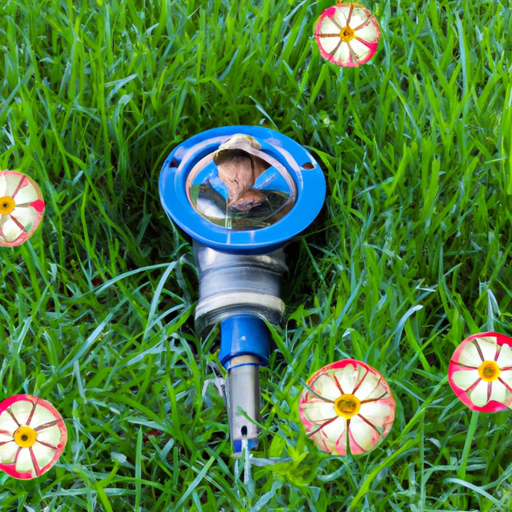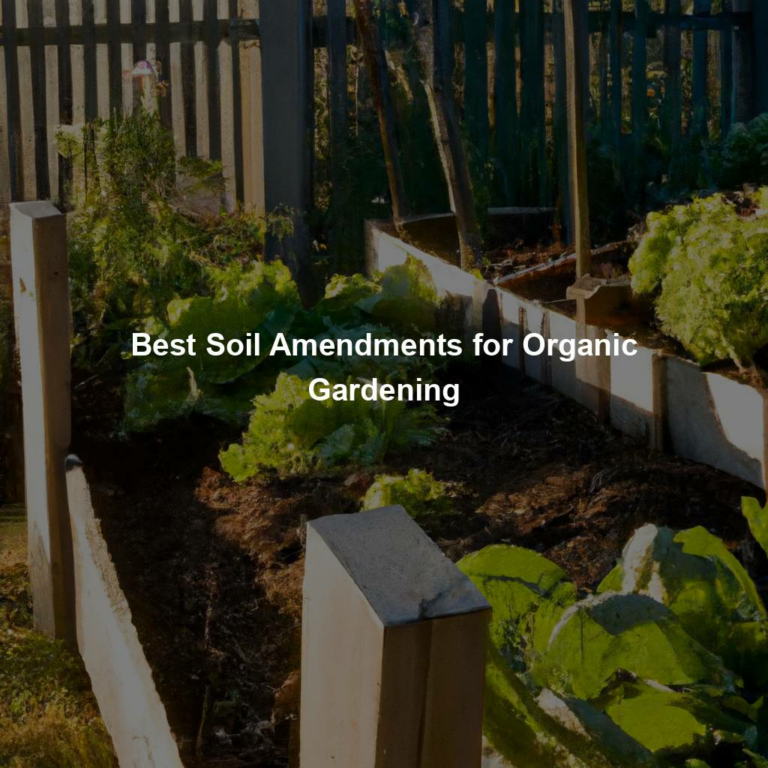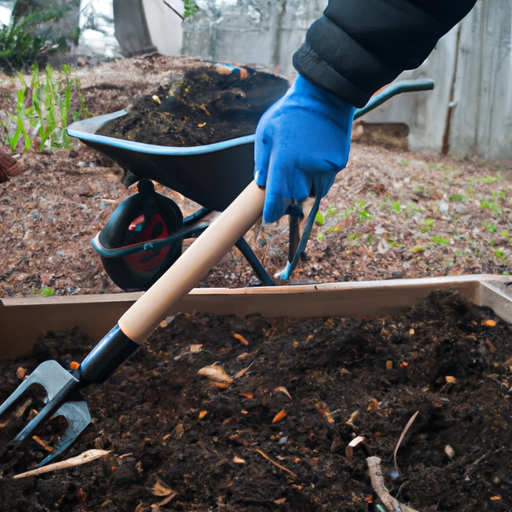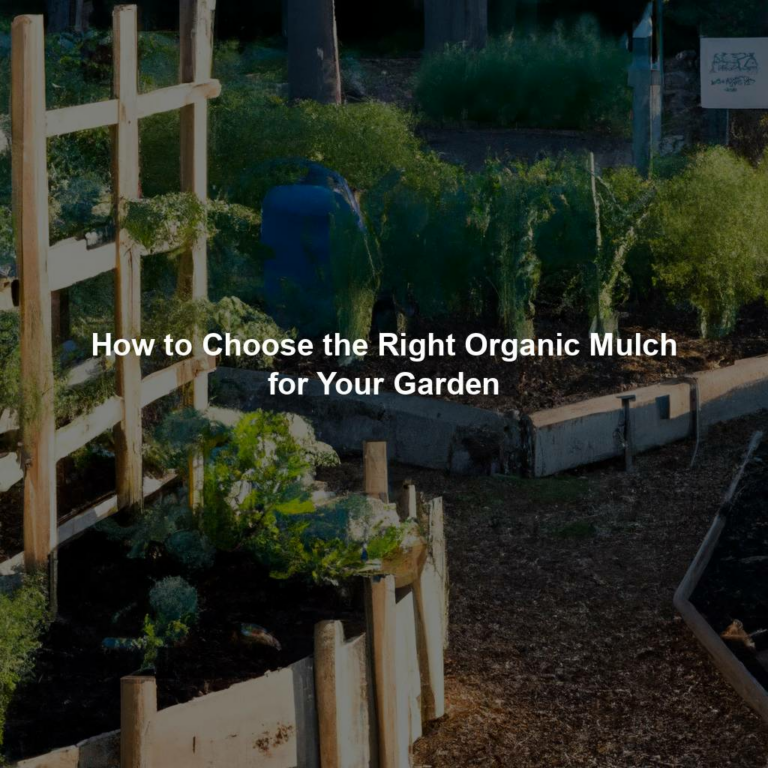Hey there fellow gardeners! As a Master Gardener, I know how much hard work and dedication goes into growing organic produce. You spend countless hours planting, watering, and tending to your plants, all with the hopes of harvesting delicious veggies for you and your loved ones.
But have you ever wondered if you’re storing your harvests correctly? The truth is that proper storage techniques can greatly extend the shelf life of your produce and ensure that it stays fresh and nutritious for longer.
In this article, we’ll discuss some secrets to harvesting and storing organic produce the right way so that you can get the most out of your bounty. We’ll cover everything from when to pick your fruits and veggies to how to store them in a way that preserves their flavor and nutritional value.
So sit back, grab a cup of tea (or coffee!), and let’s dive into the wonderful world of organic gardening!
Choosing The Right Time For Harvesting
As a Master Gardener, one of the most important things to keep in mind when harvesting organic produce is choosing the right time.
Optimal ripeness is key to ensuring that your fruits and vegetables are at their peak flavor and nutrition.
But be careful not to wait too long as overripeness can lead to spoilage or reduced quality.
It’s best to harvest early in the morning before temperatures rise, which will help preserve flavor and texture.
Pay close attention to each type of produce you’re growing, as different crops may have specific indicators for when they’re ready for picking.
By harvesting at the right time, you’ll maximize your yields and enjoy delicious, fresh-tasting produce straight from your garden without any waste.
Proper Handling Techniques For Freshness
Now that you’ve learned about choosing the right time for harvesting, it’s time to focus on proper handling techniques for freshness.
Once your organic produce has been harvested, it’s important to store it correctly in order to maintain its quality and extend its shelf life.
First and foremost, make sure you have appropriate storage containers that are clean and dry.
For fruits and vegetables that continue to ripen after being picked, such as tomatoes or avocados, pay attention to their ripeness indicators before storing them.
Ethylene gas can also be a factor in the deterioration of fresh produce, so it’s important to keep ethylene-producing foods separate from those that are sensitive to it.
Remembering these tips will help ensure your organic produce stays fresh longer!
Maximizing Nutritional Value Through Storage
Did you know that the nutrient value of fruits and vegetables can significantly decrease within just a few days of harvesting?
This is why it’s crucial to store your produce in a way that maximizes its nutritional value. Nutrient retention depends on optimal ripeness, so make sure to harvest your crops at their peak to ensure they contain as many vitamins and minerals as possible.
Temperature and light also play important roles in preserving nutrients – exposure to heat, moisture, or direct sunlight can lead to significant nutrient loss. To maximize nutritional value through storage, aim for cool temperatures between 32-40°F (0-4°C) while protecting your produce from light exposure by storing them in dark containers or covering them with cloth.
By taking these simple steps, you’ll be able to preserve the valuable nutrients found in your organic produce long after harvest.
Effective Storage Methods For Different Produce Types
When it comes to storing organic produce, there is no one-size-fits-all approach. Different fruits and vegetables require different storage methods in order to stay fresh for as long as possible.
Proper ventilation options are key to keeping fruits and veggies from rotting or becoming moldy too quickly. Temperature control is also important: some produce likes it cool while others prefer a warmer environment.
Below are four effective storage methods for different types of produce:
– Leafy greens such as lettuce, spinach, and kale should be stored in an airtight container with a paper towel on the bottom to absorb excess moisture.
– Root vegetables like carrots, turnips, and potatoes can be stored in a dark, cool place (like a pantry) where they will last longer than if left out on the counter.
– Berries should be kept dry and refrigerated until ready to eat.
– Tomatoes should never be refrigerated; instead, store them at room temperature away from direct sunlight.
Remember that these are just general guidelines – always check specific recommendations for each type of fruit or vegetable before storing! With proper ventilation options and temperature control, you can keep your organic produce fresher for longer periods of time.
Tips For Long-Term Storage And Preservation
As a Master Gardener, I understand the importance of harvesting and storing organic produce the right way. It’s not just about preserving your harvest for later use, but also ensuring that you get to enjoy fresh and nutritious produce all year round. When it comes to long-term storage and preservation, there are two techniques that every gardener should know about: Root Cellars and Dehydrating Techniques.
Root cellars have been used for centuries as a means of keeping vegetables, fruits and herbs fresh without refrigeration. These underground rooms provide cool temperatures with high humidity levels which are perfect for storing root crops like potatoes, carrots, onions, beets etc. By controlling temperature and humidity levels in the cellar, you can keep your produce fresh throughout winter months.
Another technique is dehydrating which involves removing moisture from food items such as fruits or vegetables so they can be stored for extended periods of time without spoiling. This method preserves nutrients while making them more portable than canned or frozen foods. You can use an oven on low heat setting or purchase a dehydrator machine to do this job efficiently.
With these tips in mind, you’ll be able to store your harvested produce safely and effectively. Remember that proper storage helps retain flavors and maintain freshness so you can enjoy delicious home-grown veggies even when garden season has ended!
Frequently Asked Questions
How Can I Tell If My Organic Produce Is Ready To Be Harvested?
When it comes to harvesting techniques, timing is everything.
The signs of ripeness vary depending on the type of organic produce you’re growing, so it’s important to do your research beforehand.
For example, for tomatoes, look for a deep red color and slightly soft texture when gently squeezed.
On the other hand, with cucumbers, wait until they reach their full size and have a vibrant green color before harvesting.
By paying close attention to these details and using proper harvesting techniques such as using sharp shears or snips to avoid damaging the plant, you can ensure that your organic produce is at its peak flavor and nutrition levels.
Can I Use Plastic Storage Containers For All Types Of Organic Produce?
When it comes to proper storage of organic produce, container options are always a concern. But can you really use plastic storage containers for all types of fruits and vegetables?
Well, let’s dig deep into this topic. Proper airflow considerations are crucial when selecting the right container option for your precious harvests. Remember, shelf life is not just about storing them properly but also preserving them through chemical-free methods.
As a Master Gardener, I highly recommend looking into sustainable solutions and alternative methods in reducing food waste. By doing so, we’re not only taking care of our environment but also ensuring that our produce stays fresh longer.
Is It Necessary To Wash My Organic Produce Before Storing It?
When it comes to storing organic produce, the question of whether or not to wash it before storage is a common one.
As a Master Gardener, my advice would be to always practice proper pre harvest preparation and post harvest handling techniques in order to ensure the longevity and quality of your produce.
This includes washing your fruits and vegetables after harvesting them but before storing them.
Not only does this remove any dirt or debris that may have accumulated during growth, but it also helps prevent the spread of bacteria that can lead to spoilage.
So while it may seem like an extra step, taking the time to properly clean your organic produce before storage can ultimately save you from disappointment down the line.
How Long Can I Store Organic Produce In The Refrigerator Before It Goes Bad?
When it comes to organic produce storage hacks, one of the most important questions to ask is: how long can I store it in the refrigerator before it goes bad?
The answer varies depending on the type of produce. For example, leafy greens like spinach and lettuce should be used within 3-5 days, while heartier vegetables like carrots and broccoli can last up to two weeks if stored correctly.
Maximizing organic produce freshness starts with proper storage techniques such as using airtight containers or wrapping produce in damp towels. It’s also important to keep an eye out for any signs of spoilage, such as mold or wilting, and remove any affected pieces immediately to prevent further contamination.
By following these simple tips, you’ll be able to enjoy your fresh organic produce for longer periods of time.
Are There Any Organic Produce Preservation Techniques That Don’t Require Freezing Or Canning?
When it comes to preserving organic produce, freezing and canning may not always be the most practical options. But fear not, there are other preservation techniques you can try!
Organic produce dehydration is a great way to extend their shelf life without losing too many of their nutrients. You can use an electric dehydrator or simply air dry them in a warm, well-ventilated space.
Another option is root cellar storage for organic produce – this technique involves storing your fruits and vegetables underground where they can stay cool and humid for longer periods of time.
With these methods, you’ll be able to enjoy your fresh organic produce long after harvest season has ended!
Conclusion
In conclusion, as a Master Gardener, I can assure you that harvesting and storing organic produce is an art form. It takes patience, attention to detail, and the right tools to ensure your bounty lasts for months on end.
Always remember to check if your fruits or vegetables are ripe before picking them off the vine. This guarantees that they will have reached their maximum flavor potential.
When it comes to storage containers, opt for breathable materials such as paper bags or mesh baskets when possible.
And although many may think washing produce is necessary before storing it away, in fact, this can actually shorten its lifespan. Instead, simply wipe off any dirt or debris with a damp cloth before placing it into storage.
As the saying goes: ‘You reap what you sow.’ By following these tips and techniques for proper organic produce preservation, you’ll be able to enjoy the fruits of your labor well beyond harvest season.

